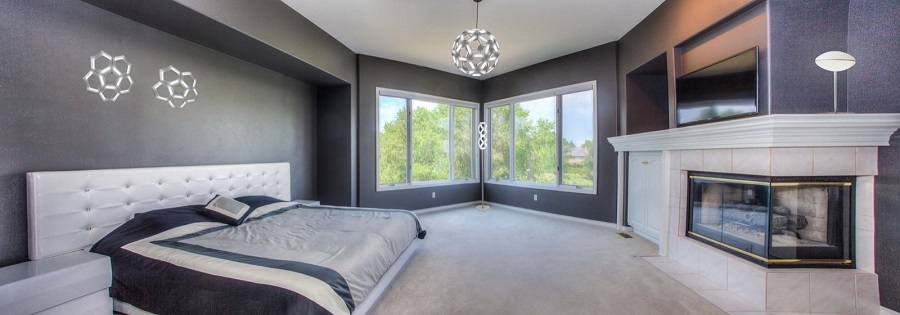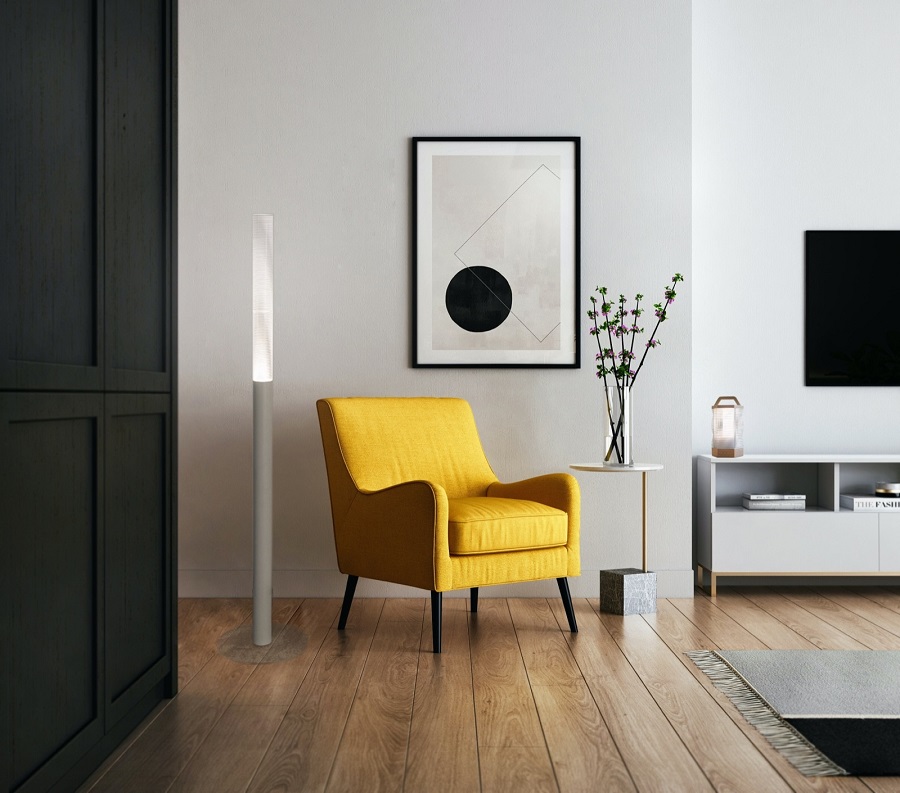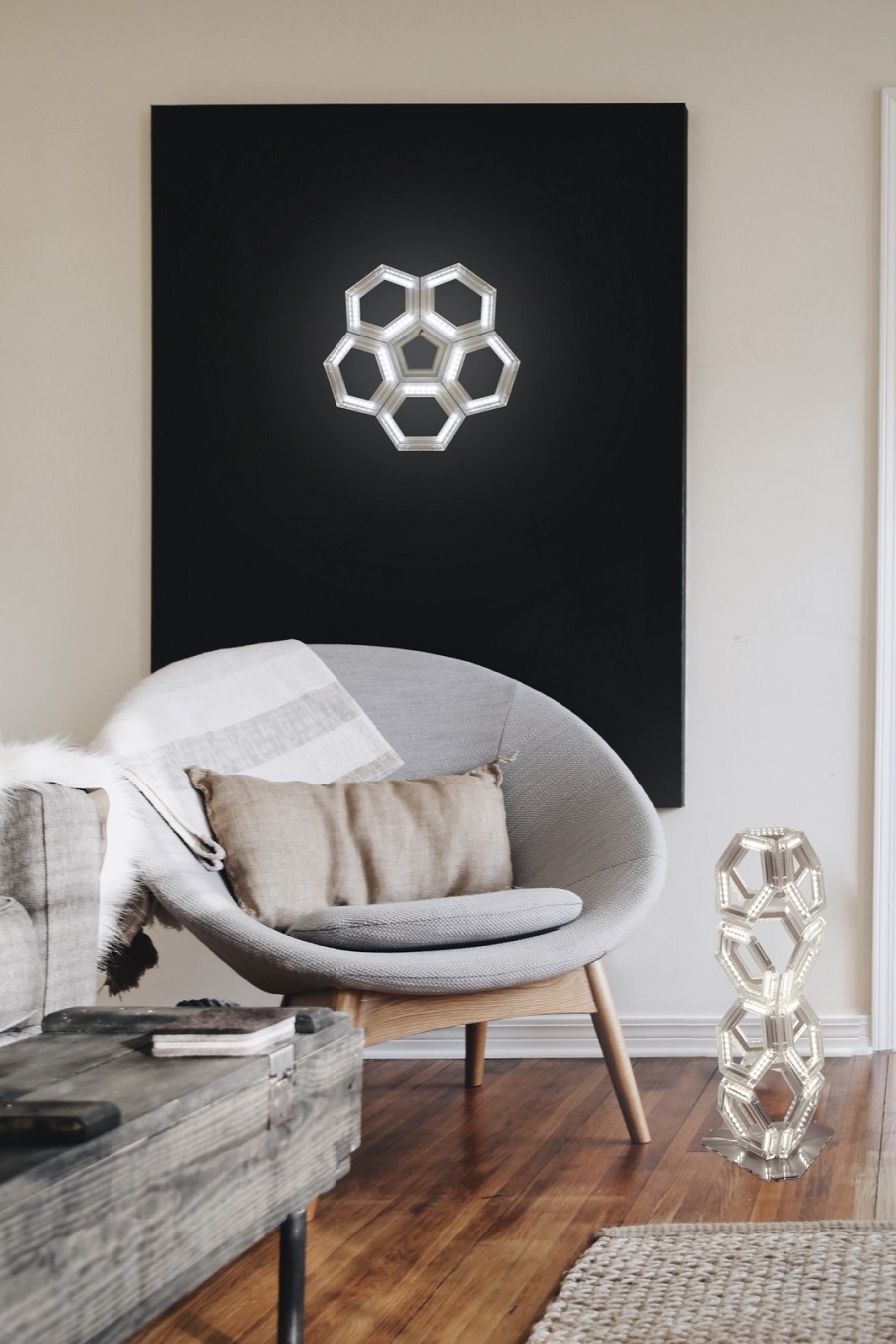When you decide to buy or decorate a house, one of the most important and complex things is to find the correct lighting, now considered integral part of furniture.
A different light can help to significantly change all spaces, colors and dimensions. It is an aspect not to be overlooked, and that’s why there are some “tricks” to be kept in mind to create a perfect ambient lighting.
Being able to reconcile spaces with lighting ideas let you create surprisingly original sets, equipped with the needed light for the environment to be livable and problem-free. To illuminate living spaces you need to have a minimum of basic notions regarding the usefulness of lights and their ideal position, as the modern concept of lighting design requires.
Lighting contributes to create a more welcoming and convivial environment, that’s why it should never be abused to avoid unnecessary glare; but light should never be underestimated, so you don’t risk the lack of it. Eyes themselves suggest the first alarming sign. If you feel some kind of fatigue or tired eyes, it may be due to light points adopted in the wrong way. A second sign can be the presence of many dim points distributed all over the room, which bring a gloomy and low light effect, thus losing main details of your home. Or there could be an overload of light making all too dazzling and almost recalling an OR!
When you buy lighting fixtures today you’re not just thinking about the type of light to choose, but also how eco-sustainable they can be. Why? Because we have the ability to create a comfortable atmosphere and enhance our rooms with lighting design, which has to be respectful of our planet too. The choice of LED lights and lamps is now the wiser one, either for its high energy saving, and for its color variations and ecological and technological approach.
So, how can we recognize the mistakes not to be made for the right lighting in the house and how can we avoid them? First of all, before the purchase, carefully calculate the size of the room, carefully evaluate how much natural light can enter, how many other light sources are necessary to get an adequate lighting and, above all, carry out a lighting calculation.
In each area you must consider:
The natural light available
The most suitable shade of light
How many light sources are needed
Watts power
The most functional arrangement (height, size, ...)
The most functional technology (dimmer, ...)
Once fixed the entry points of natural light and drawn up an overall project, you can go choosing both the luminaires and the color of the light source. Depending on the type of environment, dark spaces or light effects you want to create, you can see whether to use a light source with a cold, neutral or warm tone: warm light for a relaxing environment, as a bedroom; neutral for the bathroom; cold light, raising the level of concentration, for example in the kitchen or in a studio.
For each room then, you’d better arrange a sort of layered lighting. Example: In a large area, better not place just a single large chandelier for the whole environment. Each part of the room has its function so it should be correctly illuminated. In addition to the chandelier centrally placed, you could put a floor lamp in a corner arranged for reading, spotlights pointing to a dining area and an indirect light, such as the applique, on the wall near an equipped wall, or a fireplace. More light sources will enrich the room with a warm, welcoming and comfy atmosphere. In this way “placing lamps” is not just functional but becomes perfect design lighting.
As previously mentioned, to ensure appropriate lighting for the kind of environment – mot too dim nor too intense – you have to calculate how many lumens and watts needed for each room. Lumen is a unit of measurement referring to the emission of a luminous flux and depending on both the surface to cover and the light intensity, called Lux: lumen = lux x m2.
Thus, knowing the ideal light intensity and the size of the surface for each room, you know how many lumens any room needs and, consequently, go and find the adequate light bulbs or light installation. However, regulations and rules defining the ideal lighting level for each environment and private and public structure vary from one State to another.
Finally, to have a multifunctional space and improve the type of lighting during the day, you can use adjustable lights, increasing or decreasing the intensity according to your needs.
Those were just simple notions and tips about an important and complex topic, so we recommend a lighting specialist consultancy to support you in having your dream-place, to be lived throughout all its spaces in an excellent way.
Please, feel free to contact us, via email at uff.vendite@kriladesign.com or calling +39 071 980314.
To the next…
Kriladesign Team